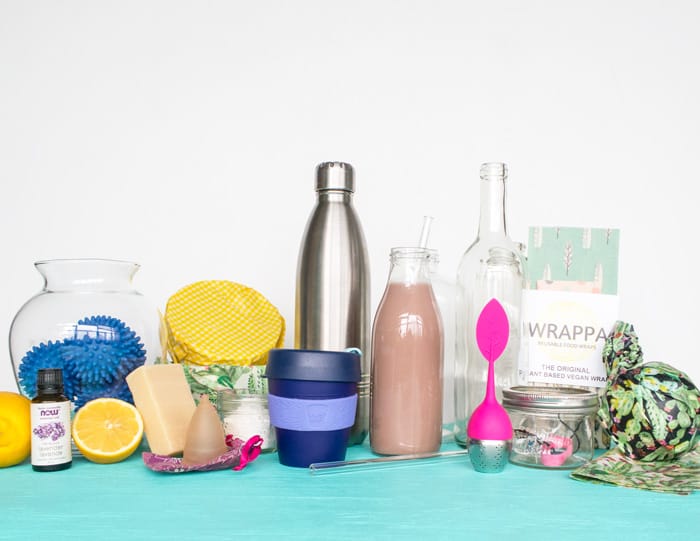
20 Easy Sustainable Swaps to Reduce Waste | 20 Eco-Friendly Life Hacks
A lot of people don’t go out of their way to be green because they think that the changes are expensive and require specialty products. The truth is there are easy and affordable swaps you can make. It is NOT difficult or expensive to be eco friendly. It just takes a lifestyle change, breaking old habits and practice.
What we throw out goes back into our food supply. Everything runs in a cycle and mindless consumption is corrupting that cycle. This is not just an environmental issue, it’s a YOU issue. The average American is expected to throw away 90,000 tons of trash in their lifetime. This is an alarming amount of garbage, and multiply that by the entire American population, yet alone the rest of the World, and we’ve got a recipe for catastrophic environmental disaster. The damage being done is already heart wrenching.
Cutting down on plastic is imperative to insuring our wildlife and food supply does not become completely wiped out for future generations. The ocean is a big concern for me with our coral dying all over the planet as plastic whirlpools the size of continents are forming, extinguishing entire species and killing countless marine wildlife. If a washed up whale stomaching 64 pounds of plastic they had digested doesn’t make you sick, I really don’t know what else to say. Hopefully those are enough reasons for you to care, now let’s get into the swaps.
These 20 sustainable swaps are cheap and easy to implement. Beyond reusable grocery bags, stainless steel water bottles, and commuting to work, there are a number easy, cheap and often free ideas to get your lifestyle on the green and conscious track. All you need to do is commit, and set yourself up for success. Making eco-friendly habits does not happen over-night. Trust me. But just like everything else, practice makes perfect.
1. Reusable food wraps vs Plastic
Use reusable food wraps instead of plastic wrap or aluminum foil! I LOVE LOVE LOVE my Wrappas! They are 100% cotton cloth (in super cute patterns) coated in plant based wax, tree resin and jojoba oil. (They have a bees wax version as well, so make sure that you’re buying the right ones) You can wrap your fruits and veggies, but also use them the exact same way you’d use cling-wrap over bowls or plates, and wrap up sandwiches. The warmth from your hands softens the wraps just enough to allow them to stick. Simply wipe with a dishcloth and some diluted dishwater to clean, if necessary, and store for reuse.

2. Reusable Bottles vs Plastic Water Bottles
STOP BUYING BOTTLED WATER. Swap plastic water bottles for a reusable option. I love my stainless steel water bottle. It keeps cold things cold and hot things hot. I keep it in my bag and refill it in the bathroom, or ask my flight attendant or cashier at my fav fast food joint to fill it instead of buying water in plastic. Did you know that roughly 2,480,000 tons of plastic bottles and other containers are tossed out (and not recycled) every year? Plastic water bottles make up a significant portion of this waste. They are one of the main sources of pollution and pose a serious threat to our environment. Save the environment AND save water. Besides, 280,000% markup on bottled water compared to tap water is absurd! Using a refillable water bottle can save you hundreds of dollars a month.
 3. Reusable Coffee Cup vs Single-use Coffee Cup
3. Reusable Coffee Cup vs Single-use Coffee Cup
Stop using single-use coffee cups and bring your own thermos, or reusable coffee cup. It’s still not commonly known that coffee cups cannot be recycled. Because of the wax coating, your coffee cup cannot be recycled despite being made of paper. Almost all of them are incinerated, exported or sent to landfill because their plastic lining makes them costly to recycle; if your city recycles them at all. Many trendy shops have also started to use a black plastic for their lids that is not recyclable. Bring your own cup to help cut down on this needless waste. Some coffee shops even give you a small discount if you bring your own cup! I have a KeepCup that I love!

4. Reusable Straws vs Plastic Straws
When ordering drinks ask for it without a straw. It is a small sacrifice, but a huge step to reducing the amount of plastic we create and waste. According to the Huffington Post, in the U.S. alone, people discard 500 million straws every day, or more than 180 billion a year. That’s about 1.4 million kilograms of plastic sent to landfills and into the oceans every day!
If you miss the straw experience, you can replace the plastic one with reusable straws that are glass, stainless steel or bamboo. You can keep them in your purse. I use glass straws because I like the feel, weight and experience of using a glass straw as suppose to the stainless steel option. If you’re worried about washing them; never fear! They often come with a cleaning brush too keep your straws squeaky clean.
5. Home Cutlery vs Plastic Cutlery
When ordering takeout, ask for them not to include plastic cutlery, napkins or any other single use items. The vast majority of plastic cutlery cannot be recycled. Polystyrene1 is the most common type of plastic that factories use to manufacturer cutlery, and the same compound as Styrofoam. This terrible material cannot be recycled easily, so it is usually sorted out of the recycling and thrown into a landfill. You can carry your own little cutlery kit in your bag. I do! It may feel a little strange to pack your own cutlery on a regular basis, but the cost of the one time use plastic option will cost us so much more in the long run.
6. Reusable Shopping Bag vs Plastic Bags
Bring your own reusable shopping bags when you go grocery shopping. If you forgot yours, ask for paper bags instead of plastic. Plastic bags are made using oil, which is already such a limited resource, and for something that is used for only 20 minutes on average, it takes hundreds of years to decompose and poisons and kills countless wildlife. I totally understand that it’s easy to forget to pack your reusable shopping bags, so be sure to ask for paper bags, or even a cardboard box that can be properly recycled. I have 2 reusable bags that fold into a cute little pouch in my purse at all time for those times, I just need to grab something quick at the store. I never leave home without at least one in my purse.
 7. Tea Strainers vs Tea Bags
7. Tea Strainers vs Tea Bags
Replace single use tea bags with a tea ball or tea strainer and start using loose leaf tea. Paper tea bags are full of toxins, pesticides and dioxins. Epichlorhydrine is the pesticide most commonly found in tea bags. It’s known to cause cancer in animals that have been exposed to it. Mix this stuff with hot water, and you’ve got yourself a toxic soup that can take a serious toll on your immune system. Not to mention, many tea bags are chlorine bleached and made of non-biodegradable materials! Yuck! So get yourself a stainless steel tea ball or tea strainer and opt for buying loose leaf tea for a toxin free tea.
 8. Bare Bar Soap VS Liquid Soap Pumps
8. Bare Bar Soap VS Liquid Soap Pumps
Use bar soap in the shower, and to wash your hands instead of pump or liquid soaps and body washes that come with packaging. They are easily found naked without a wrapper (bonus for no packaging). It is a common misconception that refillable liquid soap dispensers are more sanitary. These dispensers can easily become wrought with disease causing bacteria AND a plastic container that isn’t easily recycled. For the home, it’s safe to go for the bare bar of soap. This way you are staying squeaky clean without the plastics. Buying package free bars of soap also allows you to test the scent of the soap, much easier than the packaged varieties. Some companies even make shampoo and conditioning bars for your hair!
9. Cloth Napkins/Handkerchiefs vs Paper Towels/Kleenex
Use cloth napkins instead of paper, and handkerchiefs instead of kleenex. Cloth napkins and Handkerchiefs are multipurpose, they’re a tissue, hand towel, napkin and snack saver all in one. It’s pretty clear now that single use options are not a great solution as they create a greater waste problem. Paper towels often account for a quarter (or more) of the total waste produced by public buildings like schools and office buildings. Paper towels and kleenex are more often than not, mixed in with the rest of the garbage, and are usually in such a soggy state, that they aren’t solid enough to recycle. So why not pack yourself 2 hankies, one for a tissue and one for a towel!
10. Silicone Mats vs Parchment Paper
Use silicone mats for baking instead of parchment paper. First of all, a lot of parchment paper is bleached and also contains dioxin. Wax paper also consists of paraffin and is derived from petroleum, which is terrible to ingest. Silicone Mats are actually a very safe solution even though it is a man-made material. This is because the composition of silicone remains contained when it is heated and cooled. They can also be reused thousands are times. They also help you cut down on your oil/fats consumption as these mats do not need to be greased. They are inherently non-stick! BONUS!
 11. Old Socks/Fabric vs J-Cloths/Paper Towels
11. Old Socks/Fabric vs J-Cloths/Paper Towels
Cut up old t-shirts or socks for cleaning your home instead of buying j-cloths, paper towel or microfiber cleaning cloths. As mentioned earlier, paper towels cannot frequently recycled due to them being a gooey mess after using. J-Cloths may be marked as biodegradable, but unfortunately, Municipalities regulate what gets accepted as “green bin” items, and the J-Cloth does not often qualify. Sadly, they just get tossed in the landfill where NOTHING decomposes, even if it is marked biodegradable. Most microfiber cloths are made of polyester, polyamide or other polymers such as nylon. These compounds are derived mainly from crude oil or coal. Aside from the environmental issues associated with creating these plastics, burning of materials such as nylon can produce toxic smoke. Plus they do not biodegrade. This is why I am all for repurposing that old shirt or single sock, instead of tossing it.
12. Vinegar/Baking Soda/Lemon/Essential Oils vs Chemical Cleaners
Make your own home cleaning products with vinegar, baking soda, lemon and essential oils instead of cleaning with chemicals that come in containers. Essential oils don’t just smell wonderful, many also offer antibacterial properties, like cinnamon, tea tree or lavender. The benefits to opting out of chemical cleaners is two-fold, you lose the plastic AND the toxic chemicals. The truth is, there is no one really policing the labeling of “toxin-free” cleaners, so these labels should not be trusted. It may sound really old school, but there is nothing that a little vinegar, baking soda and lemon can’t clean. All of these other cleaning products are pretty much just a marketing ploy. There are many recipes online for clean DIY cleaning solutions that you can make in 2 mins.
 13. Bulk Buying vs Packaged Products
13. Bulk Buying vs Packaged Products
Buy more items in bulk and bring your own jars or nut bags, or produce bags instead of buying items with lots of packaging. It is such an easy and economical swap to make. You get so much more bang for your buck here because you can actually see the portions you are buying. So many packed foods are filled with air and contain chemicals and preservatives that are not healthy AND these packages cost more! This is such a big swap for avoiding plastic consumption. If you do not have a bulk food store in your area, then simply try to buy the largest size of whatever you’re shopping for. Buying the largest size means you will have to buy the item less frequently, and therefore will use less packaging in the long run. Once you get in the habit of buying bulk, you won’t look back.
 14. Dryer Balls vs Fabric Softener/Dryer Sheets
14. Dryer Balls vs Fabric Softener/Dryer Sheets
Use dryer balls instead of fabric softener or dryer sheets. Dryer balls are typically made of rubber or fabric. When you put several in the dryer they’re supposed to speed up the drying process, soften clothes and reduce static. While I do find that they help with static and softening clothes, I don’t find that they speed up drying time. BUT they are a safer option to toxin rich fabric softener and wasteful, one-time use dryer sheets. Not only are these products bad for the environment, they are also absorbed by your clothing, bedding and towels and are transferred to your skin. Yikes! You can buy both scented and unscented. I buy everything in my life unscented and then just add a couple drops of my favourite essential oils for a fresh and lovely fragrance.
 15. Diva Cup/Period Undies vs Tampons/Pads
15. Diva Cup/Period Undies vs Tampons/Pads
Peoples with periods: switch over to a Diva Cup and/or period undies like Thinx. The average woman uses 240 tampons in a year, and about 16,800 tampons in her lifetime. That’s a bloody lot! We’re told so little about the materials in feminine products. They are virtually a chemical soup, laced with polyester, adhesives and propylene glycol (PEG), and bleach, all linked to hormone disruption, cancer, birth defects, dryness and infertility. Like my momma always said don’t put anything on your body (or in, in this case) that you wouldn’t eat. Plus feminine hygiene products or effing expensive, AND TAXED!! With the simple switch to a menstrual cup along with period panties, you can not only cut back on your environmental impact but save money and your body in the process.
 16. Second Hand/Vintage Clothing vs New Fast Fashion
16. Second Hand/Vintage Clothing vs New Fast Fashion
Buy second hand or vintage clothing, jewelry and home decor instead of new from fast fashion stores. Did you know that the production of cotton for fast fashion is the second worst industry in the World for damaging the planet next to oil mining? If you haven’t already watched the documentary True Cost on Netflix, I urge you to do so. The impact that the growth of genetically modified cotton seeds and the use of toxic pesticides has resulted in entire villages being poisoned through their water supply, resulting in alarming birth defects, and the highest suicide rate of an industry among the cotton farmers.
Shopping at second hand stores, or vintage shops, or attending/hosting a clothing swap is a great solution for getting your hands on some new threads without contributing to the corruption of fast fashion. Even though an item at a fast fashion chain like H&M are cheap and make us feel rich to be able to buy a bunch of things, the end result is actually impoverishing us with products that fall apart and end up thrown out; and entire villages and factory workers suffering the consequences of delivering a cheap product.
17. Compost vs Landfill
Compost, Compost Compost! If it came from nature, put it back in nature. Everything from foods scraps to yard waste, giving back your natural waste will help in the creation of nutrient rich soil for future plant growth. It’s pretty simple to create your own compose if you so desire. With a little research, you can build a composting solution to suit your home. With all that wonderful soil at the end, you can grow your own food at home.
18. Recycle Right vs Mindless Tossing
It’s important to rinse your recycling before putting it in the bin, and always recycle properly. It’s such a shame how recyclables wind up in a landfill when they could have been saved. Also, don’t throw out your recycling in plastic bags. Check out the website for your municipality and educate yourself on what can and cannot be recycled, along with best practices for your area. Please note: that black plastic is NOT recyclable, so avoid it entirely.
 19. Twist Ties/Elastics vs Tape
19. Twist Ties/Elastics vs Tape
Saving items like elastics and twist ties that come on your produce is an excellent option for reusable food sealing solutions. Twist ties are actually super functional for multiple uses too, from crafts to organizing your wires, labeling your keys, temporary fixes, they come in super handy. Skip the one time use sticky chemicals that don’t biodegrade for these items that can be reused several times.
20. Use Mason/Tin Jars vs Plastic Containers
Use mason and tin jars as they are great to use as food containers and storage. They also make an excellent to go drink cup for your smoothie, water or coffee. You can also pack homemade soups, parfaits, and essentially entire recipes in a jar for a packable meal. The sky’s the limit for how you can use your jars, you just need to apply some creativity.
Alright Earth lovers! There you have it. I hope this list inspires you to make some crucial swaps. Do your research and honor your part in being a conscious consumer. You may think you are just one person, but it is so important that we all individually do our part in protecting the environment and lessening the impact of toxic waste. All in all, it comes down to Needs vs Wants, so its important to only buy what you need and make a considerate choice when purchasing products. HAPPY EARTH DAY!

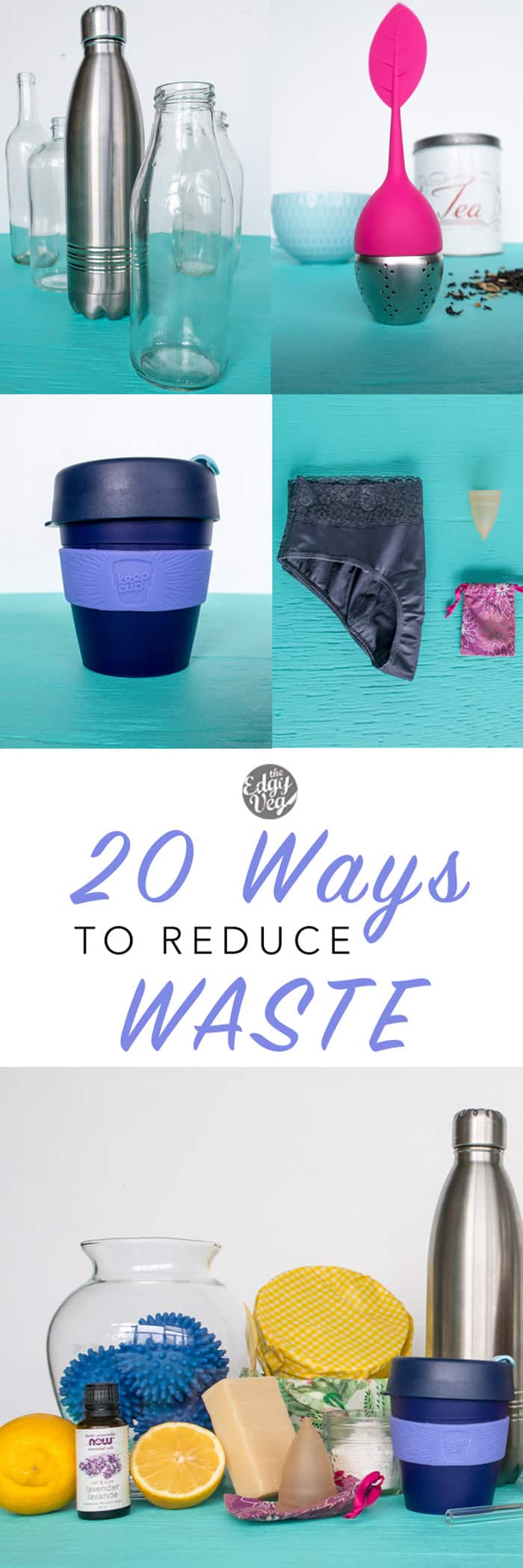
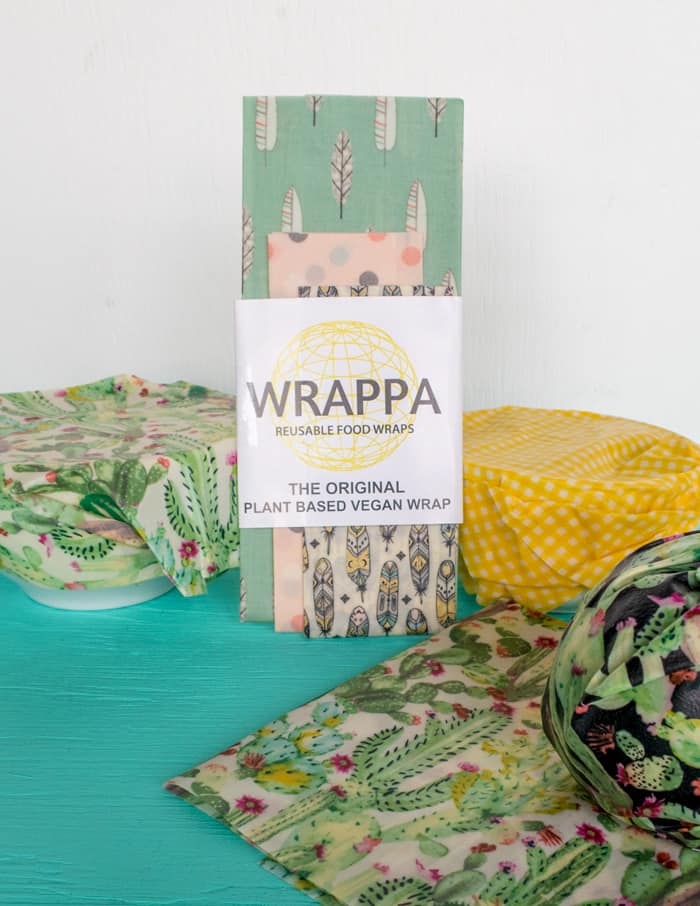
 3. Reusable Coffee Cup vs Single-use Coffee Cup
3. Reusable Coffee Cup vs Single-use Coffee Cup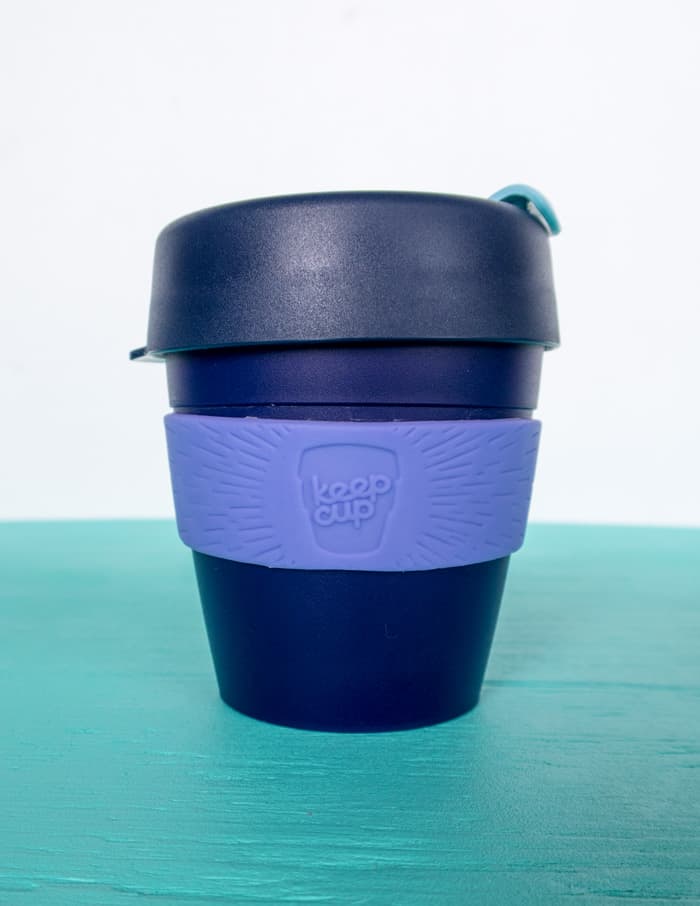
 7. Tea Strainers vs Tea Bags
7. Tea Strainers vs Tea Bags 8. Bare Bar Soap VS Liquid Soap Pumps
8. Bare Bar Soap VS Liquid Soap Pumps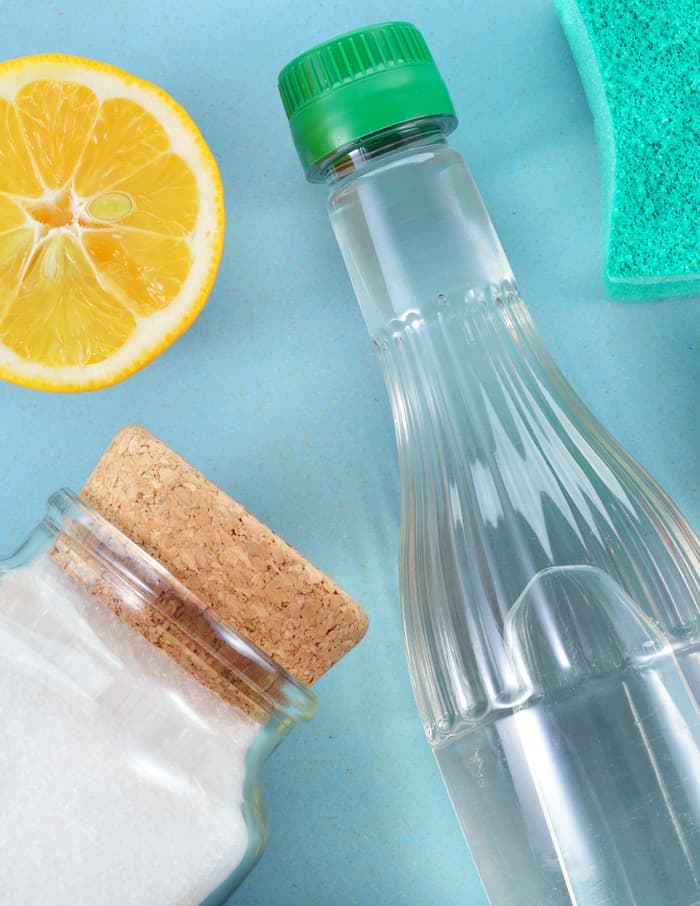 13. Bulk Buying vs Packaged Products
13. Bulk Buying vs Packaged Products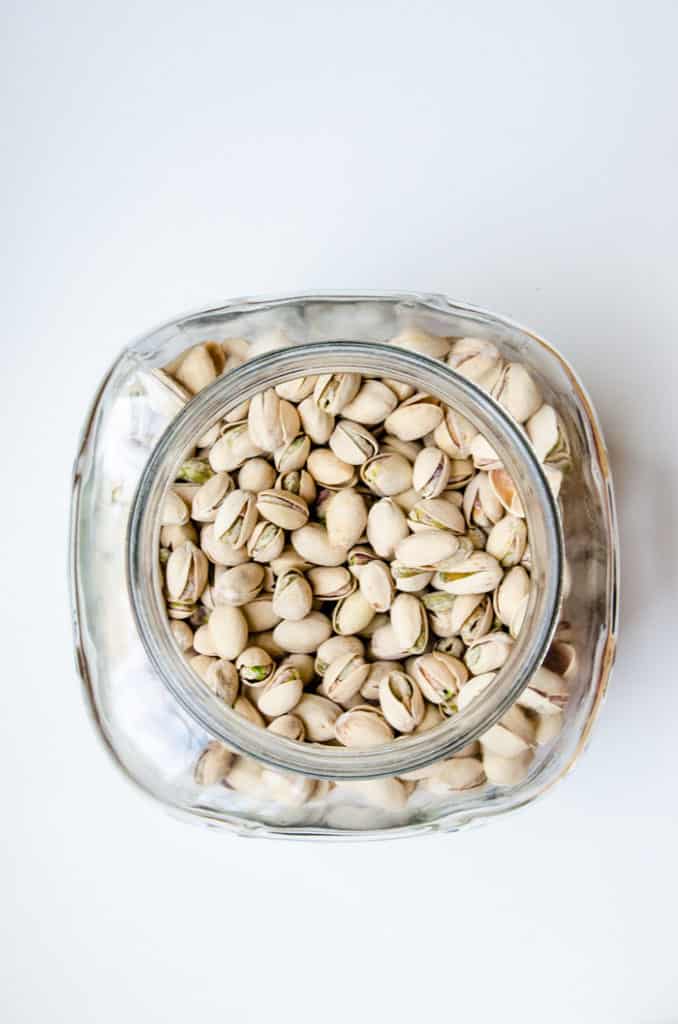 14. Dryer Balls vs Fabric Softener/Dryer Sheets
14. Dryer Balls vs Fabric Softener/Dryer Sheets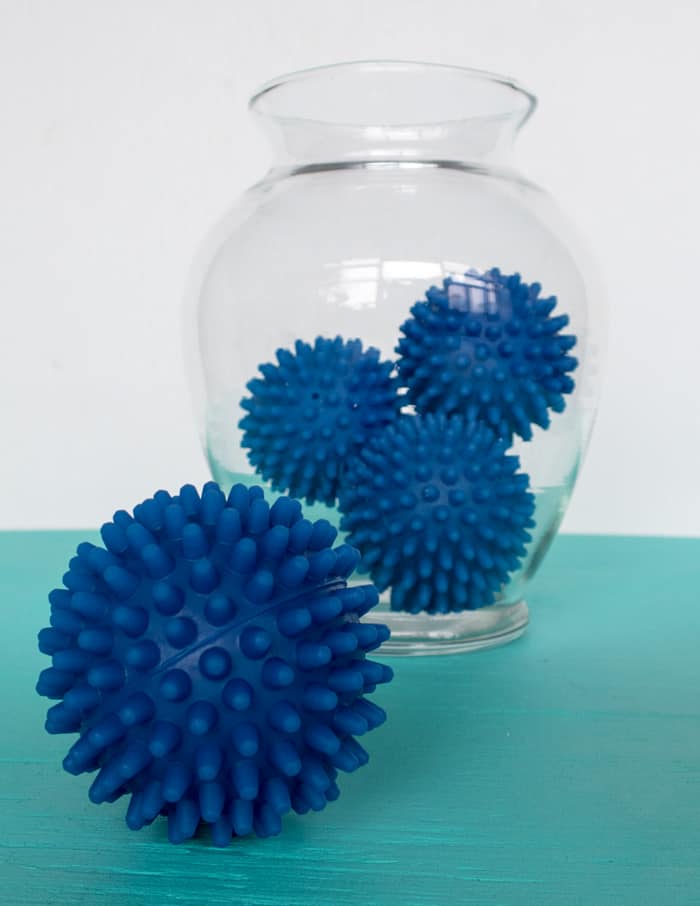 15. Diva Cup/Period Undies vs Tampons/Pads
15. Diva Cup/Period Undies vs Tampons/Pads 16. Second Hand/Vintage Clothing vs New Fast Fashion
16. Second Hand/Vintage Clothing vs New Fast Fashion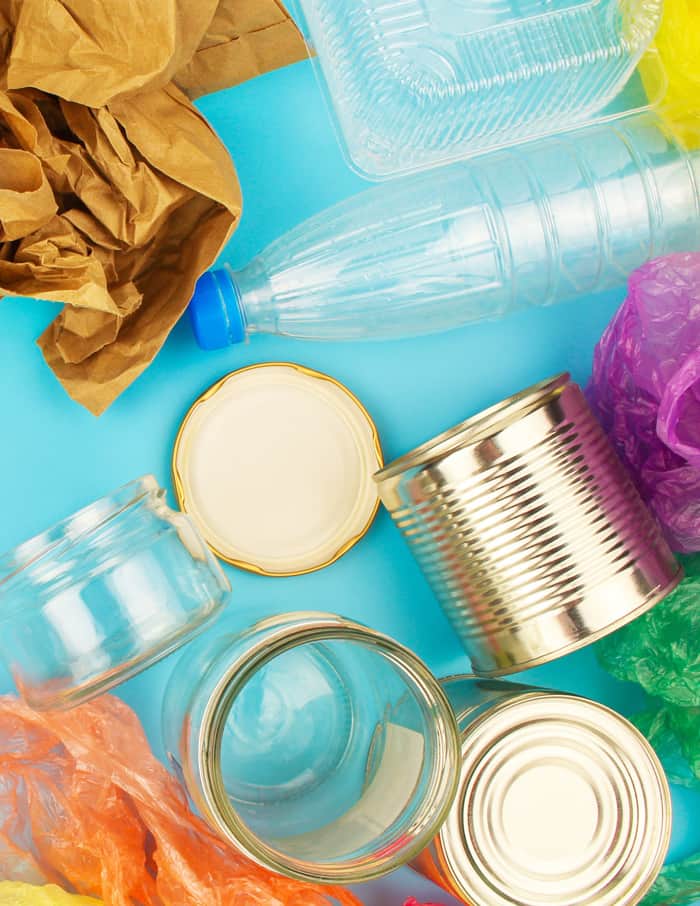 19. Twist Ties/Elastics vs Tape
19. Twist Ties/Elastics vs Tape 
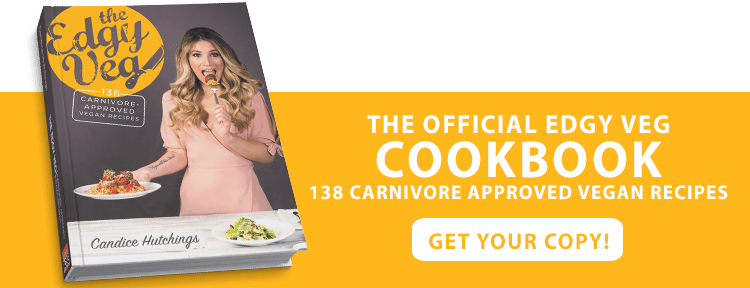

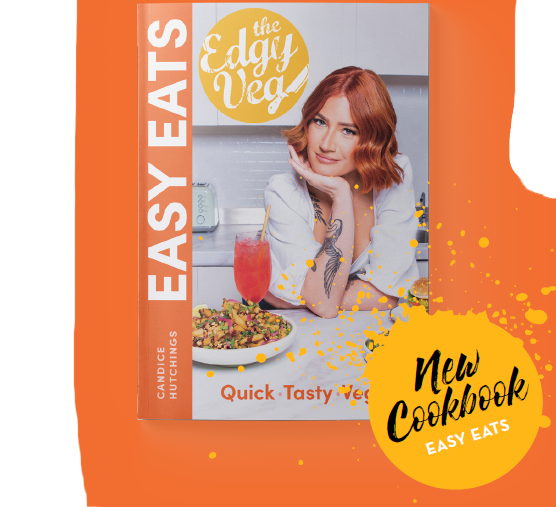
Kathryn E Adamu says:
An excellent post! Thanks a bunch!